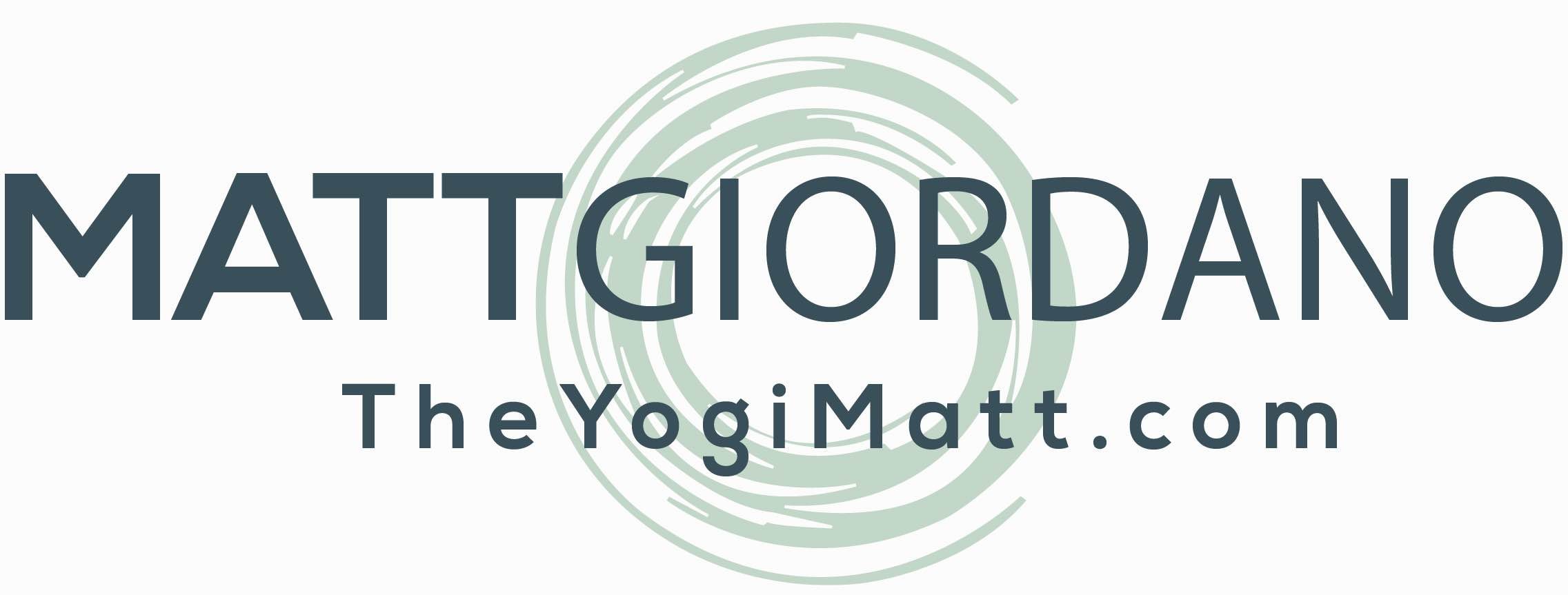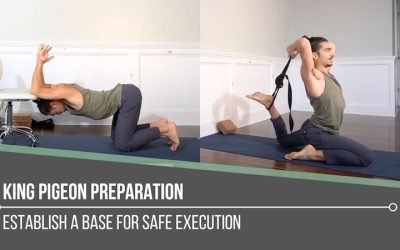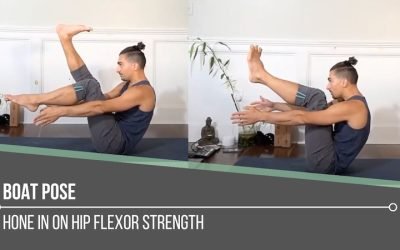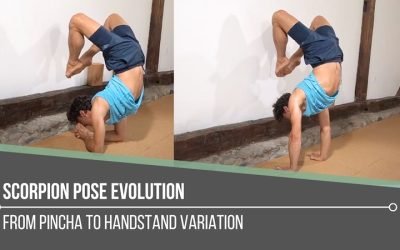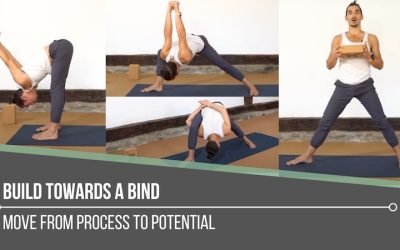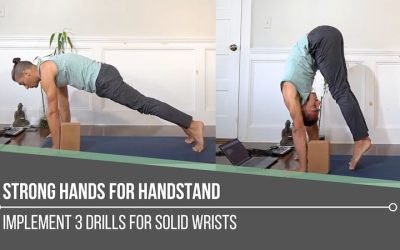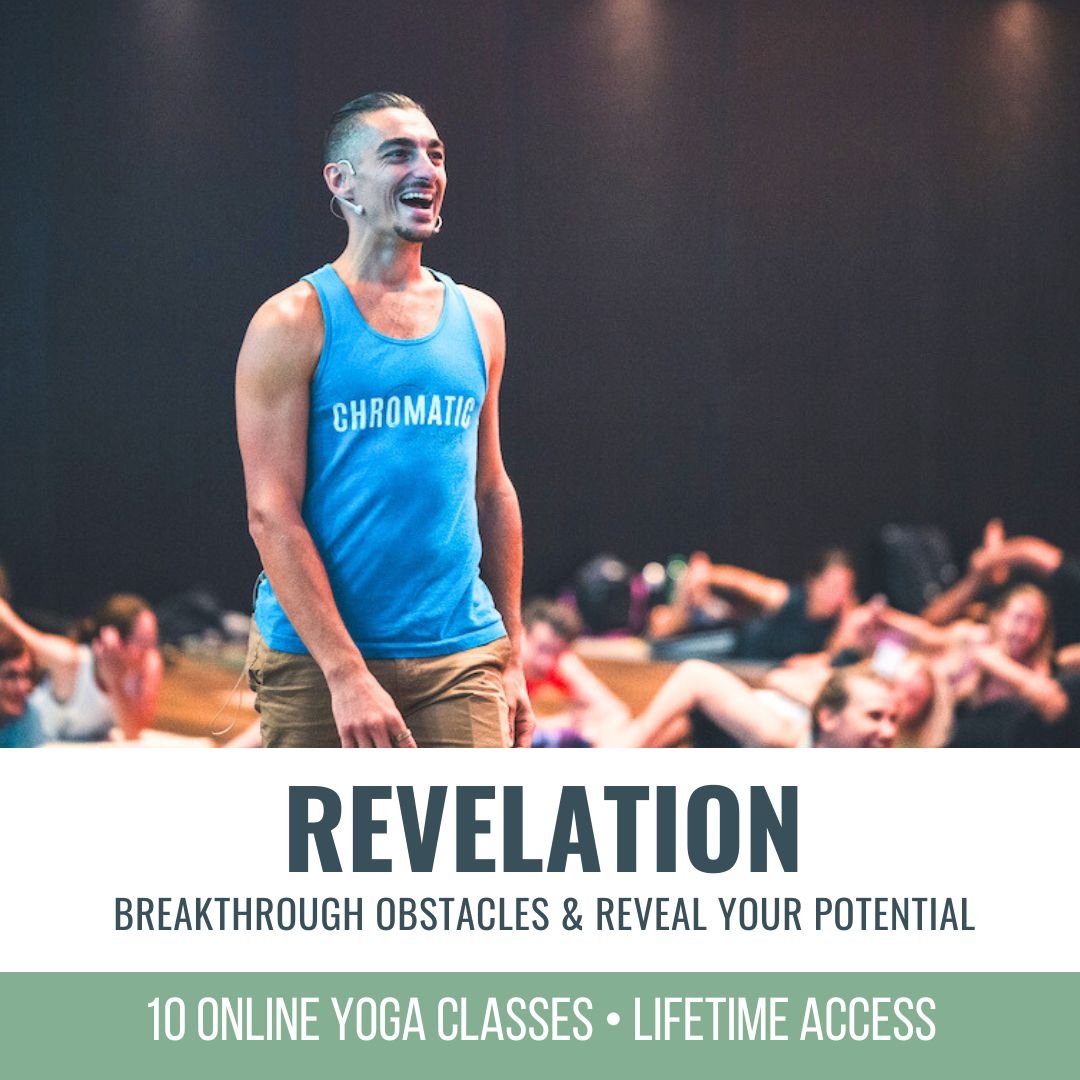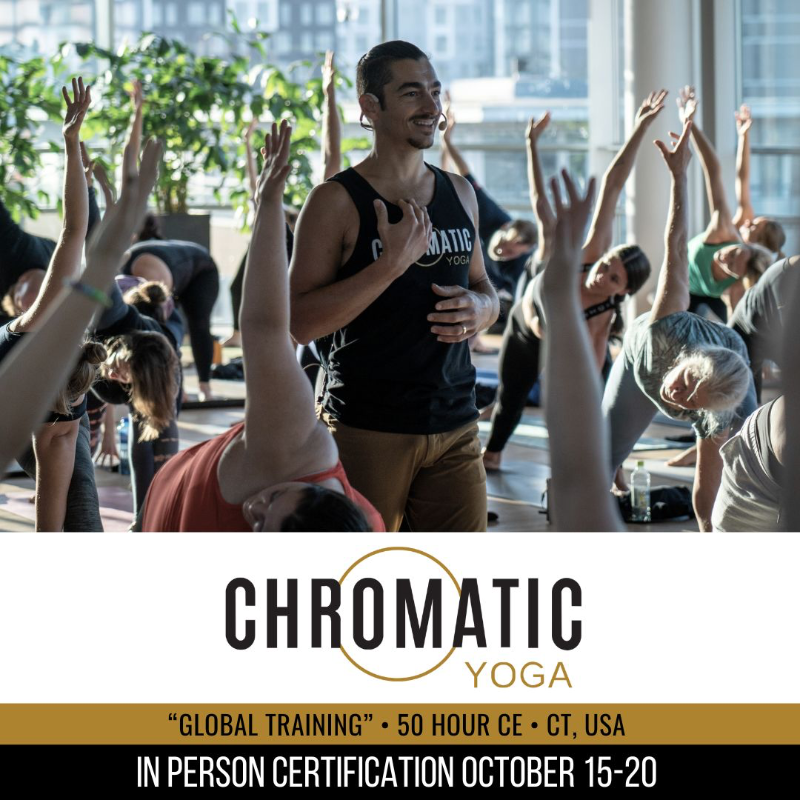King Pigeon PreparationHIP OPENINGKING PIGEON PREPARATION King Pigeon demands more than flexibility; it asks us to build carefully and deliberately. Progress comes not from leaping into the deepest version of the posture, but from cultivating strength, control, and...
Reduce Hip Injuries
Reduce Hip Injuries
mobility
REDUCE HIP INJURIES
The hip joint carries a great deal of responsibility. It supports many of our key movements in our daily lives. With all of its responsibility and involvement with how we move, it can act as a protector, while still being vulnerable to injury. Now, there’s no way to prevent injury, it’s inevitable. We’re susceptible to injury if we’re extremely active, but this is also true if we tend to be more sedentary. This is why mobility is important. Robust hip mobility and range of motion help to maintain the health of the muscles that surround the pelvis and the hip joint. This means it’s imperative that we engage in drills and exercises that promote hip mobility. If we’re fortunate enough to engage in these movements, we can strengthen these areas, which may help to reduce hip injuries.
THERAPEUTIC'S
REGISTRATION NOW OPEN
- 10 Chromatic Yoga practices with founder Matt Giordano
- Full length 75 minute classes
- Each Yoga class explore’s how to maintain optimal health in areas of the body that are prone to injury and chronic pain.
- Highly informative and educational classes for both practitioners and teachers.
- Each class includes warm ups, sun salutations, standing postures and cool down
- How to use props to modify or enhance benefits of each asana.
- Technique, biomechanics, and alignment at the forefront
- 12 Continuing Education hours with Yoga Alliance
- 12 Accredited Hours with the Chromatic School of Yoga
- Step-by-Step instruction for increased accessibility
- Improve strength, balance, flexibility, and proprioception
- Disclaimer #1: This is not designed as “Yoga Therapy” and will not diagnose or treat any specific ailments or injuries.
- Disclaimer #2: The purpose of this immersion is for education, exploration and understanding your options: there are no hard and fast solutions to injury’s that can be solved solely by practicing yoga
- Disclaimer #3: If you have an acute injury, be sure you have a doctors approval prior to practicing this immersion
WHAT IS HIP MOBILITY?
Hip mobility is typically described as how well we can move the hip joints in multiple directions. When we practice with Matt, we get a more comprehensive definition. He describes it as more than just flexibility. It’s the harmonious balance between strength and movement control. It involves the muscles surrounding the pelvis and hip joints working together to support functional movement. Mobility is the ability not only to create movement but also to stabilize and prevent unnecessary motion. In yoga, this comes to life in static postures where we can practice contracting and engaging specific muscles, while also developing the ability to release those contractions when needed. By focusing on both strength and flexibility, we cultivate a more functional range of motion in the hips, enhancing stability and fluidity in our practice and daily life. When we understand this, we can see how we can help to reduce hip injuries.
WATCH THE VIDEO
REDUCE HIP INJURIES: 5 DRILLS TO INCREASE STABILITY & STRENGTH
INNER THIGH BLOCK DRILLS
Although there are numerous muscles to consider when it comes to reducing hip injuries, today’s clip focuses on what we can do to strengthen the adductors.
Standing Inner Thigh Drill
This first drill helps us to recognize the activation sensation of the adductors, while also easing us into building strength. The block is placed between the shins. While internally rotating the thighs, we squeeze the block between the legs. We then alternate between lifting one leg at a time.
Two Blocks At The Wall
In this drill, we place two blocks between the shin or thigh and a wall, far enough that we’re not leaning on the wall but close enough for our thigh to touch the block. Next, we squeeze the leg across the midline to press the block into the wall, activating the adductors, including the pectineus, which also functions as a hip flexor. In the video, Matt also demonstrates how we can increase the intensity of this drill.
Bend & Extend
Similar to the last drill we set up in the same position, this time with one block. Different from the last drill, movement occurs by bending and straightening at the knee.
200 HOUR ONLINE TEACHER TRAINING
GET CERTIFIED & DEEPEN YOUR YOGA PRACTICE
- Deepen your yoga practice
- Build confidence speaking in front of groups in person and online
- Learn foundational class structures and templates
- Learn techniques for a wide range of yoga postures
- Get certified and highly qualified to teach yoga
- Yoga Alliance Globally Recognized Certification Program
INSIDE PLANK
This drill is called “Inside Plank” because of the focus on the inner thighs. It’s a powerful way to activate the adductors while building hip stability, which is essential when it comes to the desire to reduce hip injuries.
In this drill, we start by pressing the sole of your back foot firmly into the ground; this action will naturally lift our hips higher, engaging the adductors to create the movement. We attempt to keep our pelvis close to a 90-degree position to maintain proper alignment and maximize muscle activation while lifting and lowering the bottom leg. For added strength and control, Matt demonstrates that we can hold the position briefly before releasing, focusing on maintaining steady engagement throughout. This drill not only strengthens the inner thighs but also improves overall hip functionality.
300 HOUR ONLINE TEACHER TRAINING
GET 500 HOUR CERTIFIED AS A MASTER TEACHER
Master your skill set as a teacher through refined techniques, anatomy, biomechanics, sequencing, philosophy, meditation techniques, theming, yoga business, and much more!
- Get 500 hour certified
- Learn anatomy, biomechanics, asana techniques
- Expand your teaching skills
- Masterful sequencing and verbal delivery
- Learn meditation and breathwork techniques
- Transformative tools: theming, dharma talks, satsang
STRENGTH OVER FLEXIBILITY
Unfortunately, it’s not uncommon for the adductors to be excluded from the conversation when it comes to strengthening muscles in our yoga practice. At closer examination, we do however have many opportunities to strengthen this muscle group.
In the last drill which might be referred to as “Standing Leg Slides” We set up in a Warrior II like position with one static foot on the mat and the other on the floor outside of the mat (it’s helpful to wear socks). Using the adductors, we slide one leg in and out while pressing down through the feet and focusing on squeezing the legs towards one another for adductor activation. In the video, Matt demonstrates the importance of a modest stance, in order to reduce the chance of putting strain on the knee.
While we can’t completely avoid injury, incorporating strengthening and stability drills into our routine significantly reduces the risk of hip injuries. Good hip mobility, which encompasses balancing range of motion with control, is key to moving freely and confidently. By improving our ability to both create and stop movement, we build resilience in our hips, protecting them during our yoga practice and everyday movement.
Matt’s next online immersion Therapeutics will provide us with an extensive toolkit to reduce hip injuries. Register here today.
The 200 Hr. Teacher Training: Click Here to See the Next Start Date
The 300 Hr. Advanced Teacher Training: Click Here to See the Next Start Date
Article by Trish Curling
Video Extracted From: Hip Mobility Immersion
ONLINE ANATOMY COURSE
- Accessible, exciting, and easy to learn
- Anatomy and biomechanics for yoga
- Appropriate for both teachers and students
- Learn joint alignment vs pose alignment
- Demystify yoga poses and transitions
- Release aches and pains
- Learn how to avoid common injuries
- Caters to all levels with modifications and props
- 20 hours Continued Education Credits with Yoga Alliance
- 20 hours toward Chromatic Yoga Certification and 300 Hour
- Lifetime access
Continue Learning
King Pigeon Preparation
Boat Pose
Boat PoseNAVASANABOAT POSE Our bodies are intelligent and adaptive, often finding ways to compensate when certain muscles are underused. Over time, these patterns can create imbalances, leaving some muscles overdeveloped and others neglected. In yoga, one area often...
Scorpion Pose Evolution
Scorpion Pose EvolutionVRISCHIKASANASCORPION POSE EVOLUTION Scorpion Pose, whether practiced in Pincha Mayurasana or in a handstand, blends a backbend with inversion control. It calls for deep opening through the front body, from rib cage to hip flexors and...
Side Crow Strategy
Side Crow StrategyPARSVA BAKASANASIDE CROW STRATEGY When we step onto the yoga mat with a strategy, we open ourselves up to a practice that’s both intelligent and transformational. Side Crow is one of those postures that calls for a clear plan, one that breaks down...
Build Towards A Bind
Build Towards A BindMOBILITYBUILD TOWARDS A BIND I remember watching a clip on Matt’s Instagram years ago, breaking down how to achieve the bind in Side Angle. At the time, I was chasing the bind the only way I knew how—by trying to get “more open.” I thought the key...
Strong Hands For Handstand
Strong Hands For HandstandSTABILITYSTRONG HANDS FOR HANDSTAND When it comes to building strength for handstand, it starts at the base: our hands. Developing strong hands means targeting the wrist flexors, the very muscles that help create a trustworthy foundation....
THE FREE TECHNIQUE PACK
When You Subscribe, You Will Get Instant Access to
- the Technique Pack: 15 yoga pose breakdowns
- exclusive online course discounts
- exclusive blogs and videos
